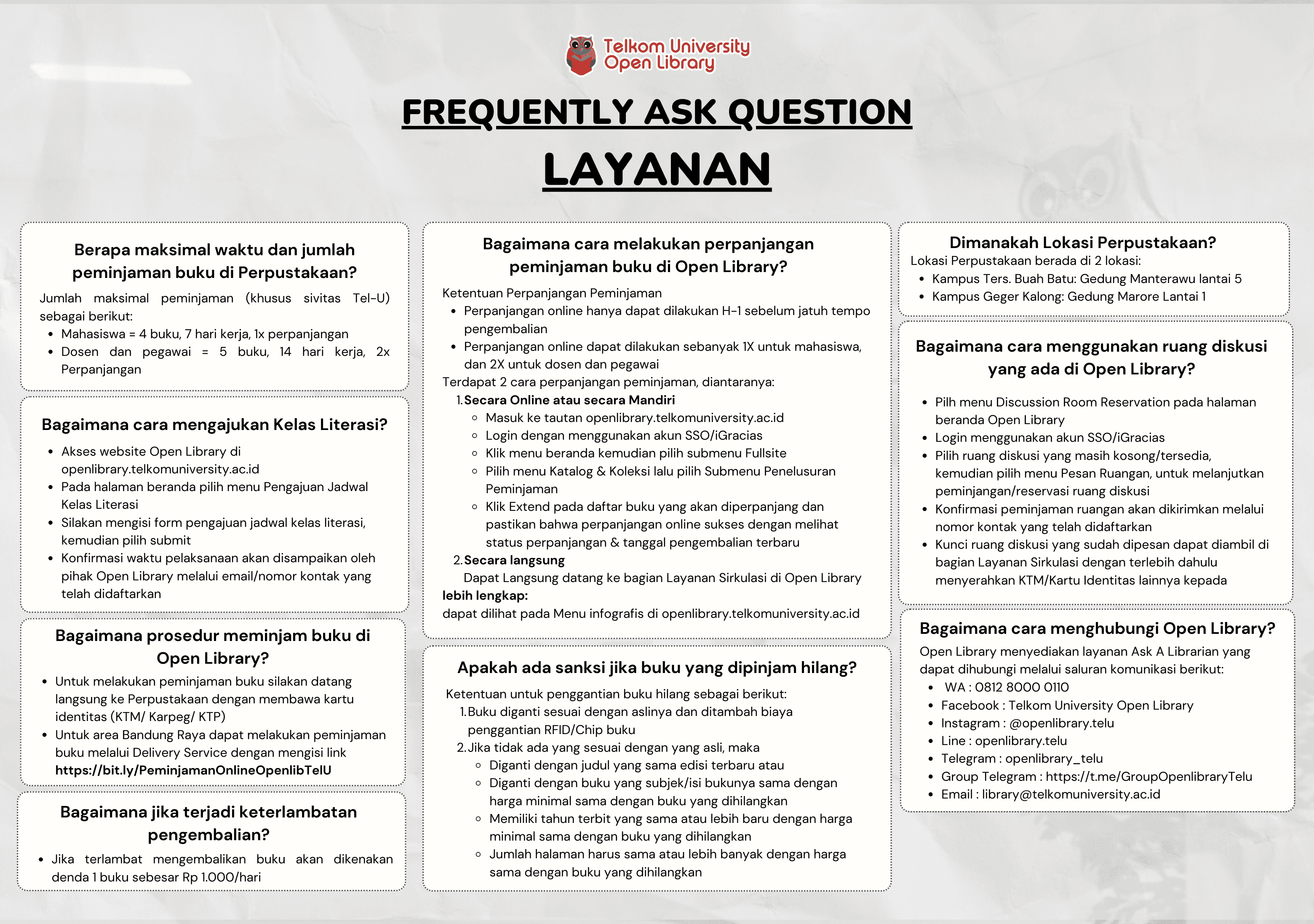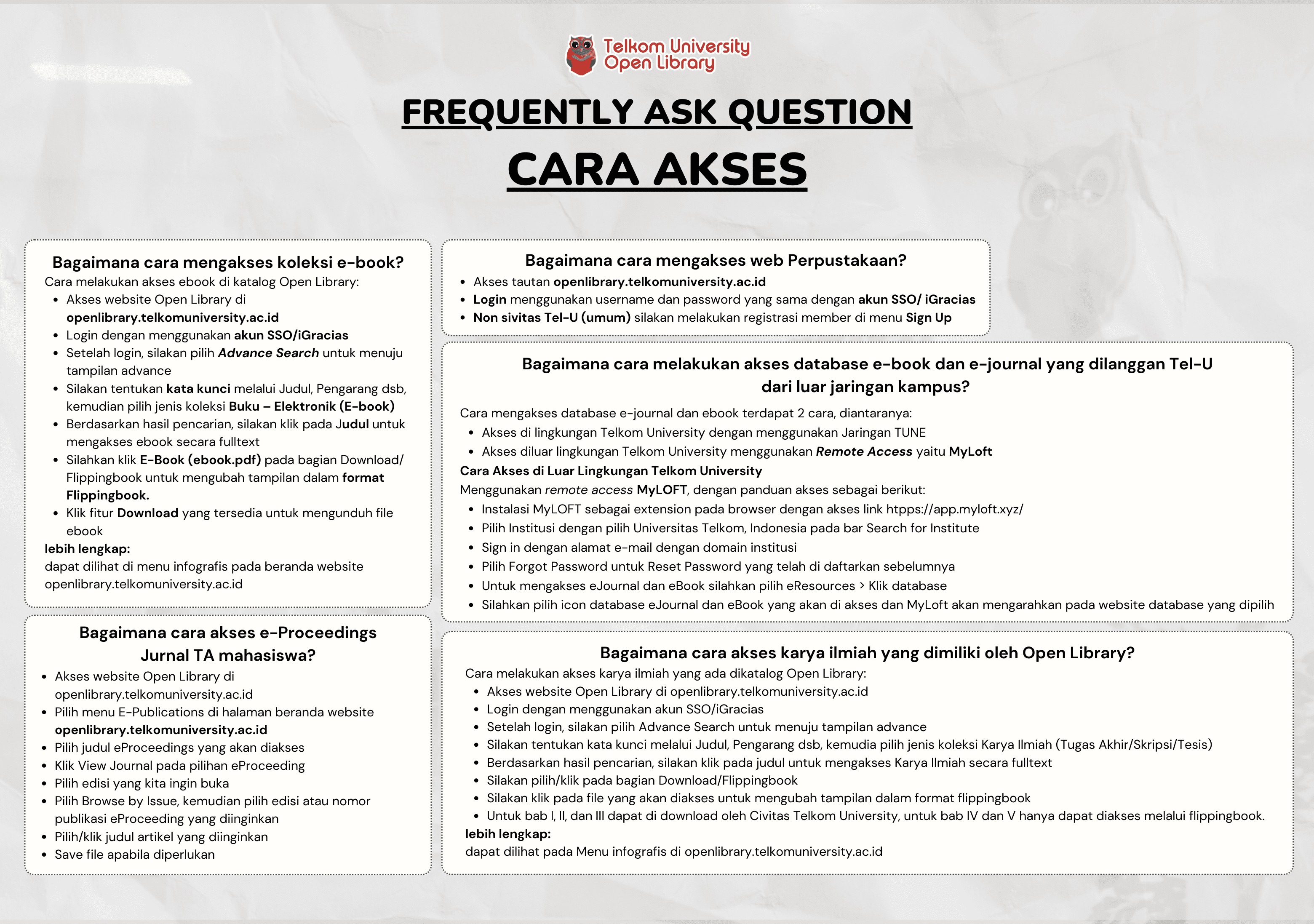Architecture Patterns with Python: Enabling Test-Driven Development, Domain-Driven Design, and Event-Driven Microservices
Harry Percival, Bob Gregory

Informasi Umum
Kode
20.21.1423
Klasifikasi
004 - Data Processing, Computer Science/Pemrosesan Data, Ilmu Komputer, Teknik Informatika, Hardware Komputer
Jenis
Buku - Elektronik (E-Book)
Subjek
Informatics
No. Rak
Dilihat
5481 kali
Informasi Lainnya
Abstraksi
What comes to mind when you hear the word chaos? Perhaps you think of a noisy stock exchange, or your kitchen in the morning—everything confused and jumbled. When you think of the word order, perhaps you think of an empty room, serene and calm. For scientists, though, chaos is characterized by homogeneity (sameness), and order by complexity (difference).
For example, a well-tended garden is a highly ordered system. Gardeners define boundaries with paths and fences, and they mark out flower beds or vegetable patches. Over time, the garden evolves, growing richer and thicker; but without deliberate effort, the garden will run wild. Weeds and grasses will choke out other plants, covering over the paths, until eventually every part looks the same again— wild and unmanaged.
Software systems, too, tend toward chaos. When we first start building a new system, we have grand ideas that our code will be clean and well ordered, but over time we find that it gathers cruft and edge cases and ends up a confusing morass of manager classes and util modules. We find that our sensibly layered architecture has collapsed into itself like an oversoggy trifle. Chaotic software systems are characterized by a sameness of function: API handlers that have domain knowledge and send email and perform logging; “business logic” classes that perform no calculations but do perform I/O; and everything coupled to everything else so that changing any part of the sys? tem becomes fraught with danger
- TTI2F2 - PEMROGRAMAN PYTHON
- TKI2D3 - PEMROGRAMAN BERORIENTASI OBYEK
- CII6M3 - PENGENALAN POLA LANJUT
- CII6M3 - PENGENALAN POLA LANJUT
- TTI2F2 - PEMROGRAMAN PYTHON
- AAK2FAB2 - Pemrograman Python
- CBK3CAB4 - Pemrograman Berorientasi Obyek
- GCK1MAB4 - Pemrograman Berorientasi Obyek
Koleksi & Sirkulasi
Tersedia 1 dari total 1 Koleksi
Anda harus log in untuk mengakses flippingbook
Pengarang
| Nama | Harry Percival, Bob Gregory |
| Jenis | Perorangan |
| Penyunting | |
| Penerjemah |
Penerbit
| Nama | O'Reilly |
| Kota | Sebastopol |
| Tahun | 2020 |
Sirkulasi
| Harga sewa | IDR 0,00 |
| Denda harian | IDR 0,00 |
| Jenis | Non-Sirkulasi |



















